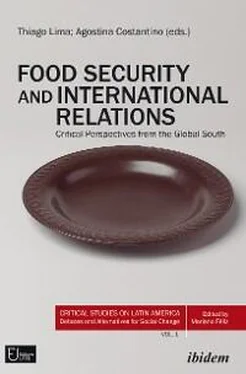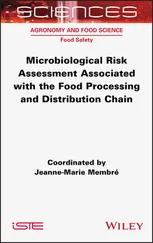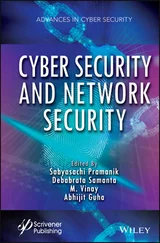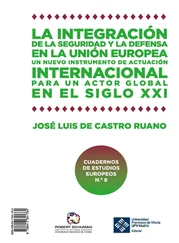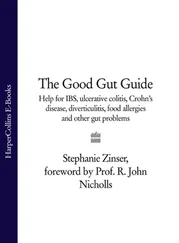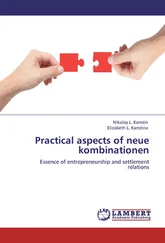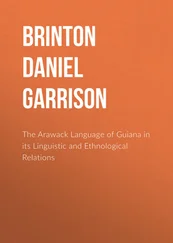The HDR also establishes seven pillars for human security: (i) economic security: sufficient remuneration from labor activity or social welfare to guarantee the survival of the individual and their family; (ii) food security: guarantee of both economic and physical access to a basic diet that supplies the minimum daily intake of nutrients required by the individual; (iii) health security: guarantee to an environment free of chronic diseases and the availability of medical care; (iv) environmental security: absence of threats of environmental origin, as well as guarantees to drinking water, clean air and clean rivers, among others; (v) personal security: absence of bodily threats from physical violence, which may be political, ethnic, street, domestic, gender, child abuse, suicide or war, among others; (vi) community security: security guaranteed to people who are part of an ethnic group, for example; and (vii) political security: guarantee to fundamental human rights, such as freedom of political expression (UNDP, 1994). The Report demonstrates that human security should be a universal concern. Its components are interdependent, and the easiest way to guarantee it is through prevention.
The 1995 World Summit for Social Development in Copenhagen, however, did not adopt human security. States were skeptical, believing that the idea would lead to violations of state sovereignty. The most concrete step towards human security only occurs in 1997, with the signing of the Ottawa Convention, followed by the Rome Statute in 1998 4 4 Both instruments of international law were made possible by the Canadian-led coalition and the advocacy efforts of the Human Security Network (HRH), comprising Austria, Canada, Chile, Costa Rica, Greece, Ireland, Jordan, Mali, the Netherlands, Norway, Switzerland, Slovenia and Thailand, with South Africa as an observer. Japan was invited but declined to participate due to the emphasis on humanitarian intervention and the constitutional restriction on using force without authorization from the UN Security Council.
. The Convention prohibits the use, stockpiling, production and transfer of anti-personnel landmines and requires their destruction (ACA, 2018), while the Statute creates the International Criminal Court (ICC), the first international court that judges individuals rather than states, i.e., the international community’s first attempt to construct a punishment mechanism for individuals who commit crimes against humanity, in cases where the national court system is reluctant or unable to prosecute (ROCHA, 2011).
In 2000, at the initiative of Japan, the United Nations Human Security Fund (UNHSF) was created, which
(..) [finances] projects related to peacebuilding, post-conflict restoration, and approaches to chronic poverty, disaster risk reduction, human trafficking and food security, seeking to translate them into operational activities that offer sustainable benefits to people and communities whose survival, dignity and livelihood are threatened as well as empower individuals to increase their resilience (ROCHA, 2017, p. 108).
Empowerment was included in the HDR as early as 1993, in the discussion on human development. This demonstrates that individual autonomy is essential to the state and the markets, not only for accessing civil and social rights but also because development is intended to help and support people, enabling them to have control over their own lives, whether it is within the context of physical or food security, for example.
The UNHSF became operational with the approval of Resolution 66/290 by the UN General Assembly, which recognizes that human security has three pillars: development, human rights and peace and security. This is the most emblematic resolution in terms of human security. In addition to asking member states to use the approach, it defines human security in practical terms, to be applied across the UN system. It also alters the functioning of the UN system, as it was very difficult for the agencies to find ways to understand how human security should be incorporated into everyday life.
3 Food: threat, right and food sovereignty
As we have seen, food security is part of the human security approach. However, the FAO, which discusses the evolution of food security as an operational concept in public policy, indicates that over two hundred definitions have emerged since the 1970s. Since 2001, the official definition has been:
Food security [is] a situation that exists when all people, at all times, have physical, social and economic access to sufficient, safe and nutritious food that meets their dietary needs and food preferences for an active and healthy life (FAO, 2003).
Burke and Lobell (2010, p.14) highlight the three components of the concept, in a conventional view: (1) food availability; (2) food accessibility; and (3) food utilization. Availability refers to the physical presence of food; accessibility refers to having the means to acquire food through production or purchase; and utilization refers to the food having an adequate nutritional content and to the body’s ability to use it effectively.
However, other interpretations are more comprehensive. Treating food security as a right, Leão and Maluf (2012, p.7) characterize the right to food as a form of regular and permanent access to adequate food for all people, giving attention to the conditions under which it is produced and marketed. The authors explain that this right must be achieved without compromising other rights, such as housing, healthcare, education, income, environment, work, transportation, employment, leisure, freedom and land access and possession.
The divergence noted here is not trivial. It signals a clash of ideas that ultimately reverberates into domestic and international public policies. For example, in the streamlined view of Burke and Lobel (2010), there is no emphasis on the local specificities of food production and trade, which is present in Leão and Maluf (2012). We will not include a conceptual discussion in this introduction, as it can be found in the chapters. For example, in the chapter by Costantino, it is clear that the former view can coexist with increased undernourishment in Argentina, which would be unthinkable for the latter.
From the perspective of human security, food security is a foundation for peace, political stability and sustainability, as structural peace can only be achieved if there is food security. Food insecurity is thus a threat to people and the international system. It is even possible to state that we are not secure if we do not have guarantees to buy food nor the freedom to grow and store it.
It is also essential to understand that conflict damages crop cultivation, animal husbandry and harvesting. It also damages rural resources and disrupts food transportation and distribution systems. The impact that conflicts have on food security can last for long periods of time after the violence has ended; although destruction happens quickly, reconstruction requires time, effort and material, and human and financial resources.
McMichael (2004, p. 4) offers a distinction between the concepts of food security and food sovereignty. He argues that the concept of food security is better associated with the relationship between the nation-state and the international system. In turn, the concept of food sovereignty involves nonstate actors, which would be more closely tied to the political and economic rights of agricultural producers as a precondition for achieving food security. In a way, what McMichael (2004) argues is that each of these concepts represents a type of agricultural production, i.e., food security depends on the agribusiness model, and food sovereignty is based on agroecological relations.
For McMichael (2004), food sovereignty thus emerges as an alternative principle to productivist and quantitative measures of food security, which would be identified with monetary transactions in the capitalist system. Food sovereignty would be premised on an agriculture oriented towards the farmer, small producer and family farm, which for the author would be key to the relationships between environmental and social security and food security. It is important to understand the argument that food sovereignty should be a premise of food security, rather than its antithesis, as McMichael (2004) emphasizes.
Читать дальше
